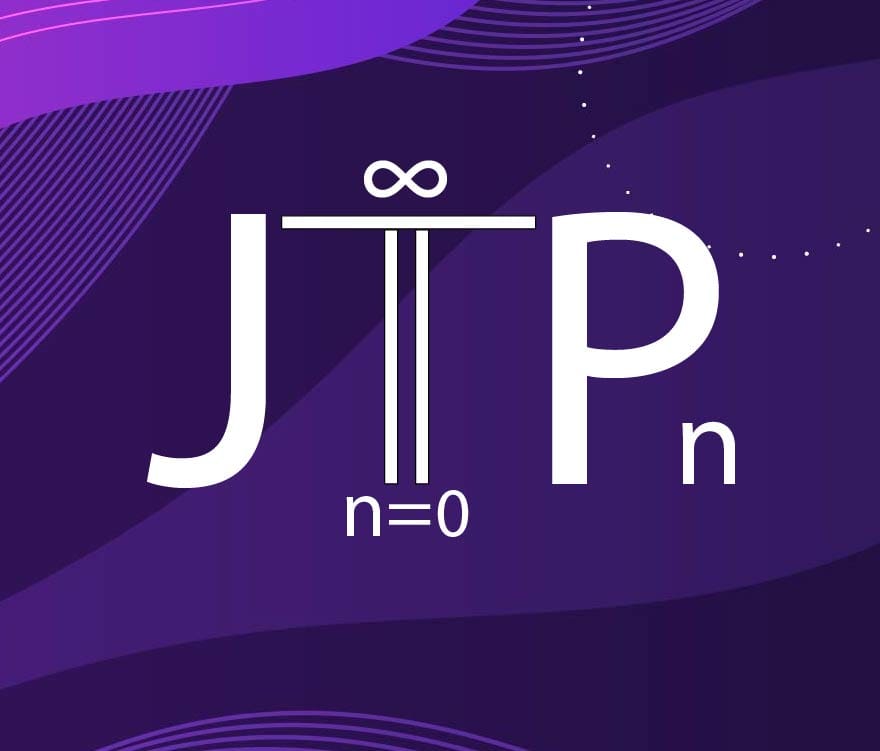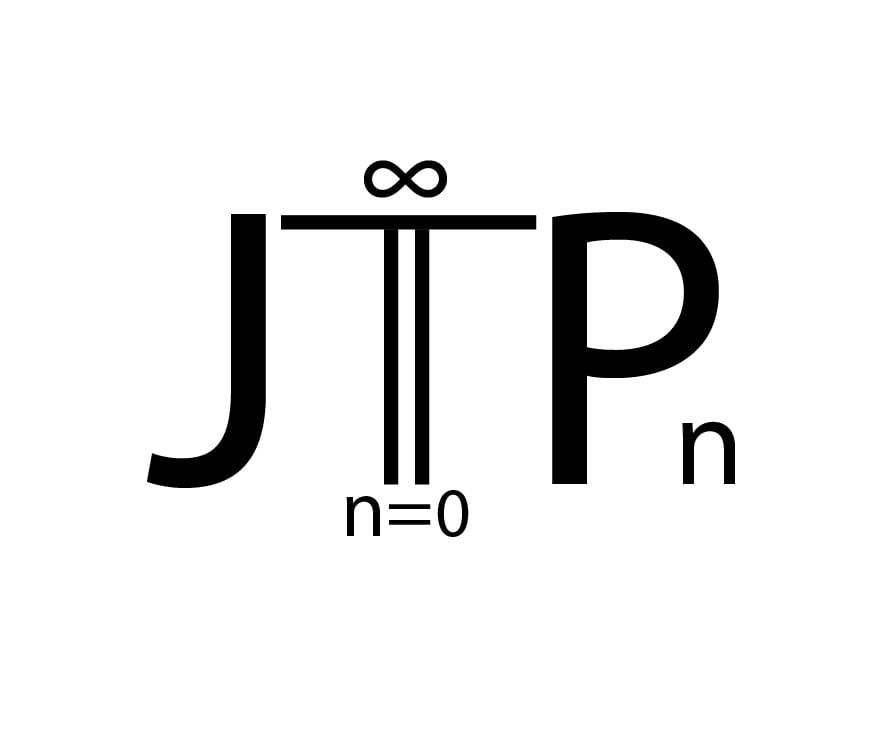1. Setting the stage
Timo Heister’s work on phase-field fracture has become a benchmark for how far computational mathematics can push a nonlinear physical problem without fully understanding it.
His open-source code (pfm-cracks) couples a semi-smooth Newton solver, adaptive mesh refinement, and a predictor–corrector loop that tracks a moving crack tip in real time.
It is parallel, scalable, and efficient.
And yet, beneath that elegance sits something more primitive and more profound: the entire solver behaves like an Etch-A-Sketch for energy.
It can draw fracture beautifully—but it cannot reason about what it draws.
Every crack event forces the system to reset its own hierarchy: rebuild the mesh, re-linearize the operator, re-solve the energy.
It’s self-consistent numerics, not self-aware physics.
2. The hidden recursion
Fracture modeling is a recursion tower:
| Layer | What recurses |
|---|---|
| Physical | Crack geometry ↔ stress field (each reshapes the other). |
| Numerical | Mesh refinement ↔ field update (each step changes its own domain). |
| Algorithmic | Multigrid and Newton cycles calling themselves on coarser levels. |
Each level is self-referential, and each depends on the stability of the one below it.
When alignment fails—when physical, numerical, and algebraic recursion fall out of phase—the simulation either diverges or stalls.
The result looks like turbulence: energy localizes, feedback loops intensify, and small perturbations trigger global instability.
3. Why it feels like turbulence
Both turbulence and fracture are energy-cascade phenomena:
- In turbulence, kinetic energy moves from large eddies to smaller vortices.
- In fracture, strain energy condenses from the bulk into a crack tip.
Both destroy differentiability and both demand multi-scale closure.
The crack front is the vortex of solids: a self-organizing singularity.
Numerically, both require:
- Adaptive resolution,
- Recursive solvers (multigrid or FFT hierarchies),
- Model-reduction for unresolved scales,
- and, increasingly, data-driven closure.
4. What the data shows
Heister’s statistics plots make this visible.
- The light-blue curve (“Avg Lin”)—average linear iterations per Newton step—stays flat early on, then spikes when the crack forms.
The preconditioner loses grip as the operator’s topology changes. - Increasing the penalty parameter stiffens the coarse-grid system and temporarily stabilizes recursion, but it’s a band-aid: the physics itself has shifted.
- Adaptive mesh statistics show the same pattern—smooth at first, chaotic near failure—as though the solver were feeling its own approaching singularity.
The algorithm is literally drawing the instability it’s chasing.
5. Matrix-free recursion and its limits
Matrix-free multigrid eliminates global stiffness matrices by applying operators directly on-the-fly.
It’s more scalable but even more recursive: each grid level calls the operator again at coarser resolution.
The problem is coarse-level instability.
Crack zones disappear on coarse grids, so their physics vanishes from the hierarchy.
Standard global coarsening breaks; the multigrid loop begins solving the wrong problem.
Two partial fixes now appear in his slides:
- Bigger penalty parameters — enforce irreversibility strongly on coarse levels.
- Restricted coarsening — keep full resolution near cracks.
Both are guardrails: they limit how deep recursion can go in regions of physical singularity.
It’s recursion with boundaries.
6. The meta-problem
This entire architecture closes the mechanical loop but not the semantic one.
It ensures energy consistency but cannot infer new laws or learn better strategies for itself.
It responds locally—after the crack moves—not globally or predictively.
Every refinement step is a reaction, not an act of understanding.
In other words:
the algorithm stops at consistency, not comprehension.
7. Where to go next
To move beyond the Etch-A-Sketch stage, the recursion must evolve:
- Predictive adaptivity – let the mesh act as a sensor, forecasting energy localization before φ drops.
- Adaptive penalty field ρ(x,t) – vary stability dynamically, like eddy viscosity in turbulence.
- Energy-conserving interpolation – preserve total energy when re-meshing.
- Cross-scale closure – link micro-crack and macro-crack behavior via learned constitutive mappings.
- Meta-learning recursion – allow the solver to tune its own update rules from prior runs.
- Semantic recursion – build solvers that recognize why their recursion fails, not just when.
8. The big picture
Fracture mechanics now sits where turbulence modeling did half a century ago: numerically stable, conceptually open.
We can simulate the chaos but not explain it.
The path forward isn’t faster computation—it’s deeper recursion: algorithms that evolve not only their solutions but their laws of solution.
Phase-field fracture is no longer just a PDE problem; it’s a study in how systems teach themselves where they break.


Discussion